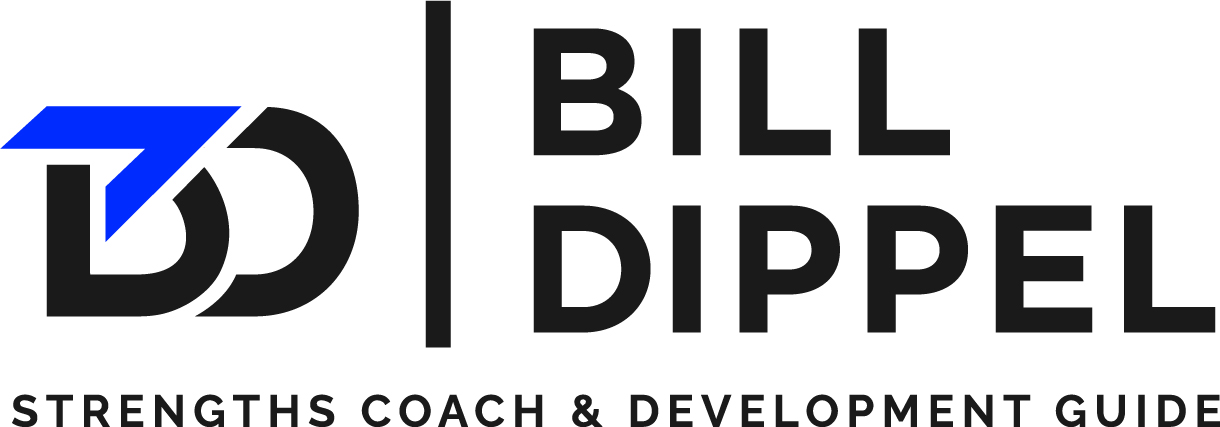These 5 Coaching Conversations Are Key to Improving Employee Engagement
With nearly half of U.S. workers “quiet quitting,” actively job searching or watching for job opportunities, the best leaders know that now is the time to focus on employee engagement. When employees feel like their supervisor or someone at work cares about them as a person, they are more likely to be engaged, which links powerfully to crucial business outcomes, including productivity and profitability. Ongoing conversations between managers and employees can build trust and foster engagement, but not just any discussion will do.From performance conversations to coaching conversations
Employees’ level of engagement changes with every conversation a manager has with them. Unfortunately, conventional performance conversations frequently leave workers feeling disengaged, unmotivated, and uninspired. Traditional methods of managing employees with infrequent performance conversations are ineffective in today’s increasingly dynamic workplaces. They can lead to a skewed performance perspective, resulting in employees disengaging from the very interaction meant to connect them. When an employee’s only interaction with their manager is negative, it’s not good news for the company or the employee’s productivity. Instead, performance development encourages more frequent conversations between managers and individual contributors. Investing in people so that they always feel like they are being developed and have opportunities to learn and grow is at the heart of performance development. To get there, Gallup recommends incorporating these five coaching conversations to improve communication, employee engagement, and opportunities for professional development.“Managers can help employees reach their full potential by having candid conversations about their roles and the relationships within the organization. “
Conversation 1: Establishing Expectations
Nearly half of employees do not feel they clearly understand what is expected of them at work, and even fewer strongly believe that their job description aligns with their work, according to a Gallup study. On the other hand, those who think their job description matches their work are 2.5 times more likely to be engaged. As a result, the first conversation focuses on roles and relationships, laying the groundwork for future performance and development. Managers can help employees reach their full potential by having candid conversations about their roles and the relationships within the organization. Employees benefit from these conversations because they better understand how their work contributes to the company’s larger goals and how their teammates’ individual goals and strengths play into those larger goals. And they show workers how to use their skills for the group’s greater good, which boosts efficiency and productivity. This is a great chance to learn about each worker’s preferred engagement methods and specific needs. The goal is to establish credibility by establishing genuine rapport with each person and learning about their skills, hopes, and drives. This discussion is necessary whenever a new employee is hired, or an existing employee is given a new position within the company. Even if the person remains in the same position, it’s still beneficial to have this conversation with them once a year to realign expectations and the relationship.Conversation 2: Everyday Engagement
Worker morale and productivity are both boosted by these quick, casual conversations. To keep their employees interested and motivated, the best managers communicate with them frequently and in various ways. Enter the Quick Connect conversation. Instead of focusing on pressing work issues, Quick Connects provide a chance to check in on how everyone is doing and what’s getting people excited. Quick Connect conversations are an excellent way for managers to demonstrate that they care about their staff, are genuinely interested in them as individuals, and are accessible. Managers can use the opportunity a Quick Connect presents to thank an employee for their recent efforts, hear their suggestions, or simply find out how they are doing. These brief conversations should also take place among teammates. When teammates connect informally, they form bonds, leading to increased collaboration and team performance.Conversation 3: Discuss Priorities and Progress
The Check-In and the Quick Connect conversations often are mistaken for one another. Check-In conversations are more planned than Quick Connects and happen at least once per month. These 30- to 60-minute working meetings about priorities and progress provide an opportunity to review goals, address difficulties, and identify areas where staff members need help. Individual check-ins offer the chance to address performance-related obstacles, acknowledge achievements, and provide prompt coaching and feedback. Keep in mind that there is a distinction between checking in with someone and checking up on them. Checking in is a good thing, but checking up can seem harsh. The most vital point is to never, ever postpone these regular meetings. To send the right message that they are a priority, set aside that time for that person.Conversation 4: In-the-Moment Feedback
In-the-moment feedback, pertinent counsel, and proactive coaching are the main conversations of discussion in Developmental Coaching. Managers can use these conversations to offer specialized guidance, support, and advice to enhance real-time performance and to provide individualized coaching when it counts. Conversations in developmental coaching should be focused on the future and geared toward growth (not judging or criticizing). Because of this, everyone has a shared goal to work toward and a road map to get there. Developmental coaching helps individuals and teams succeed by encouraging them to seize teachable moments.Conversation 5: Goal Setting
Each of these conversations is cyclical and intertwined. For example, during the first orientation conversation, you’ll establish expectations that will be a touchpoint of regular Check-In and Developmental Coaching conversations. The Progress Review conversation works in the same way. It’s based upon the outcomes of the Role and Relationship Orientation conversation and is an opportunity to celebrate successes and align on future growth targets and goals. This more formal and planned conversation occurs every six months and should cover an individual’s performance and development goals. These conversations are a coaching tool for reflection and growth.Bonus: Stay Conversations
Conversations about an employee staying with the company are called Stay Conversations, and their purpose is to learn more about the worker’s interests and aspirations, as well as the employee’s sense of value and success in the position. Stay genuinely effective conversations are two-way exchanges that probe an individual’s deepest desires, goals, and sources of engagement. Leaders and managers can gain insight into their staff’s motivations and suggestions for improving the workplace environment through Stay Conversations. When leaders have this information, they can make adjustments that boost morale all around the company.More than ever, it is imperative that leaders facilitate engaging conversations with employees about their well-being, job expectations, and development goals. These coaching conversations are powerful tools that can help managers to show support, cultivate performance, and strengthen employee development.
Want to learn more about how to use your inherent strengths to have engaging conversations that matter? Here are three easy steps to do just that:
- Schedule A Call. Set up a complimentary 15-minute call. We’ll discuss your needs/goals and how I can help you have conversations that count.
- Get A Plan. I’ll make custom recommendations based on your needs or the needs of your team and present a plan.
- Leverage Your Strengths. Apply your natural talents and abilities to become more effective and get a fresh lease on life.





Recent Comments